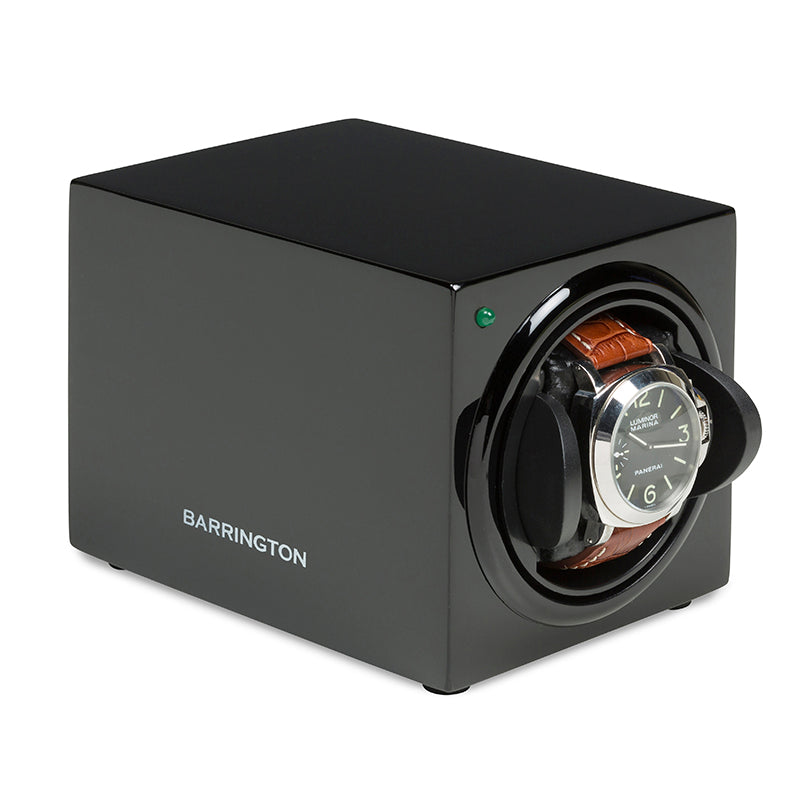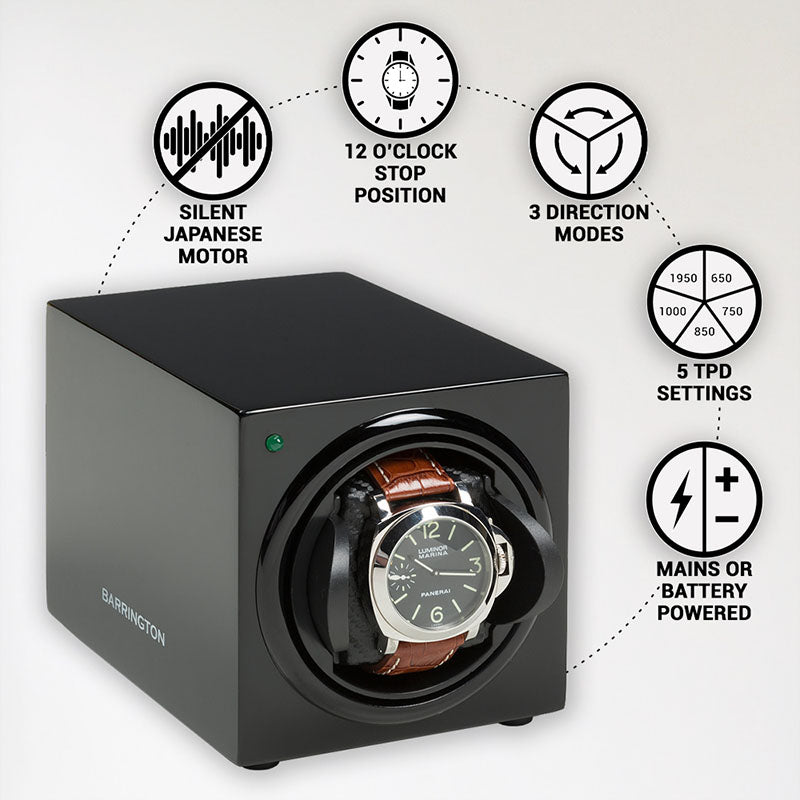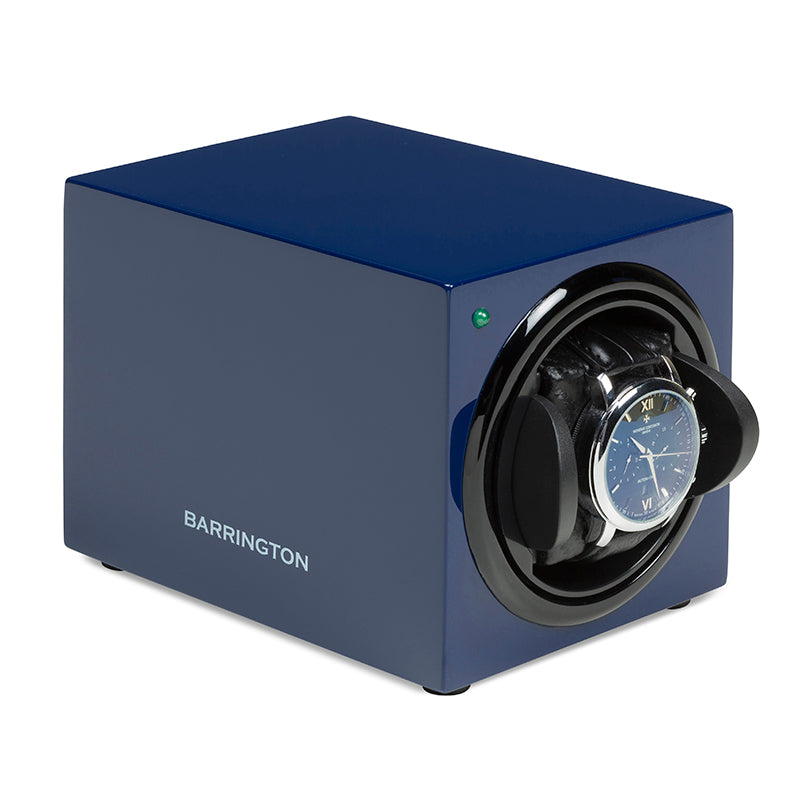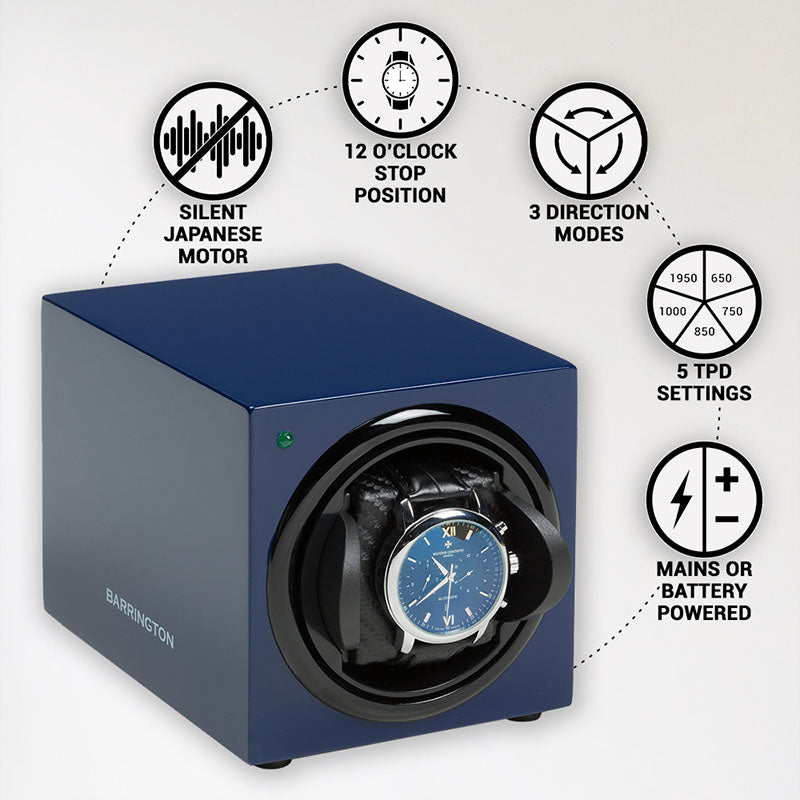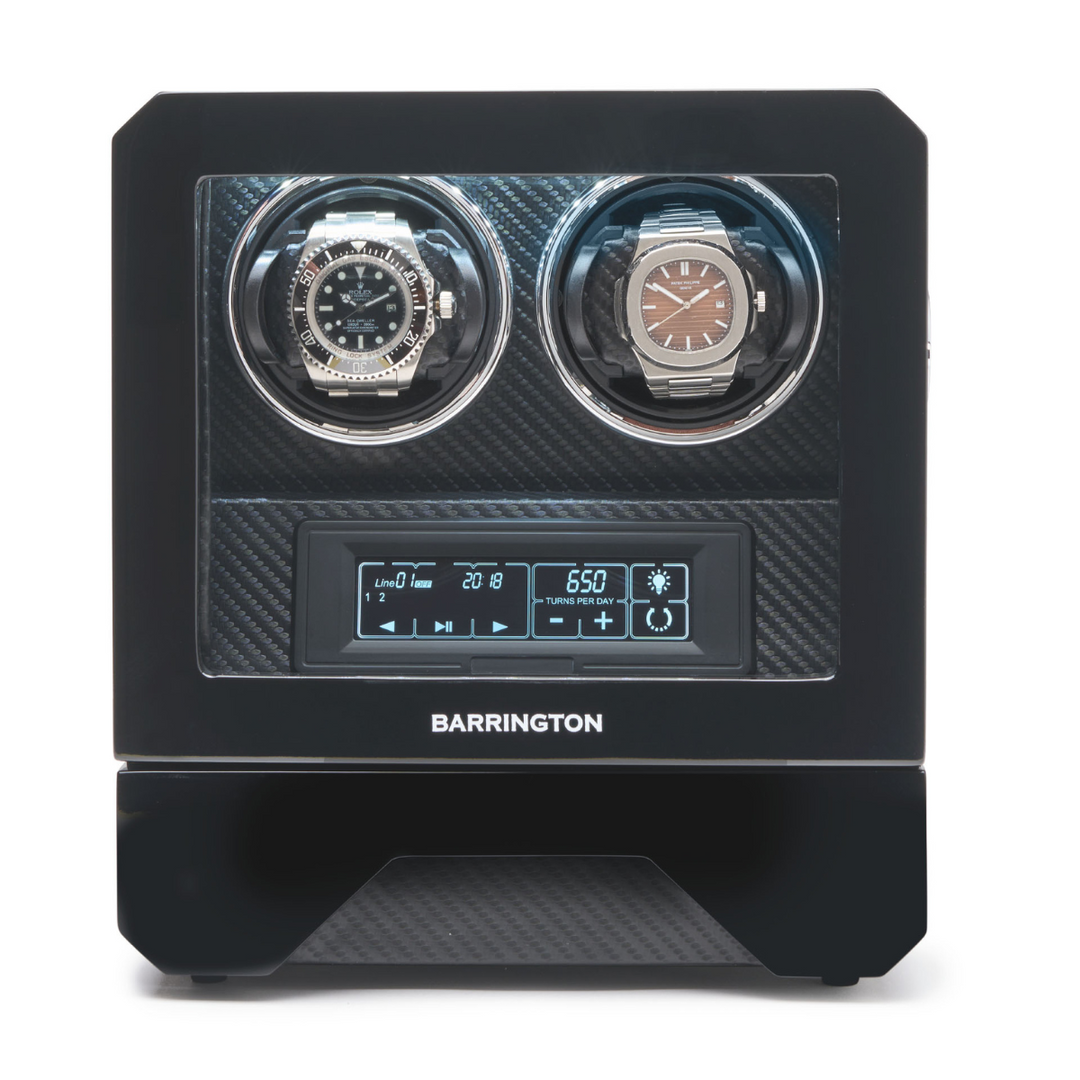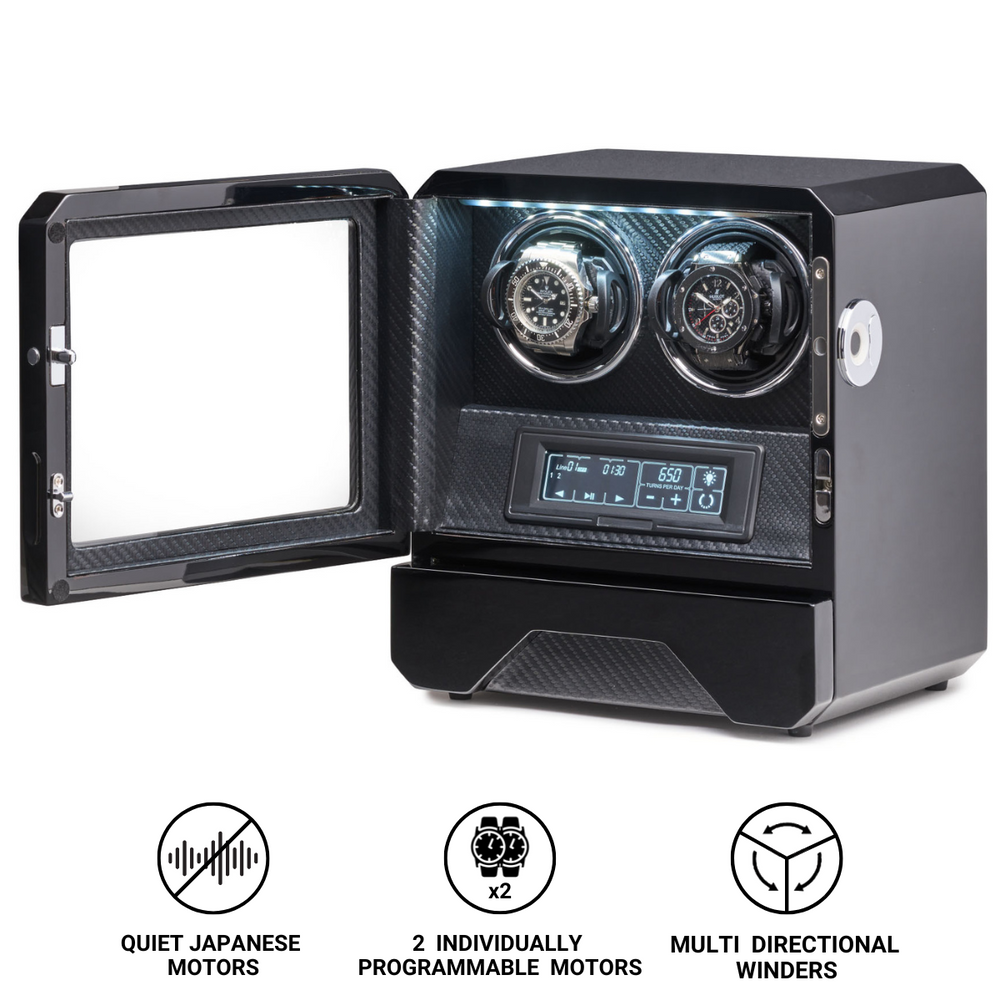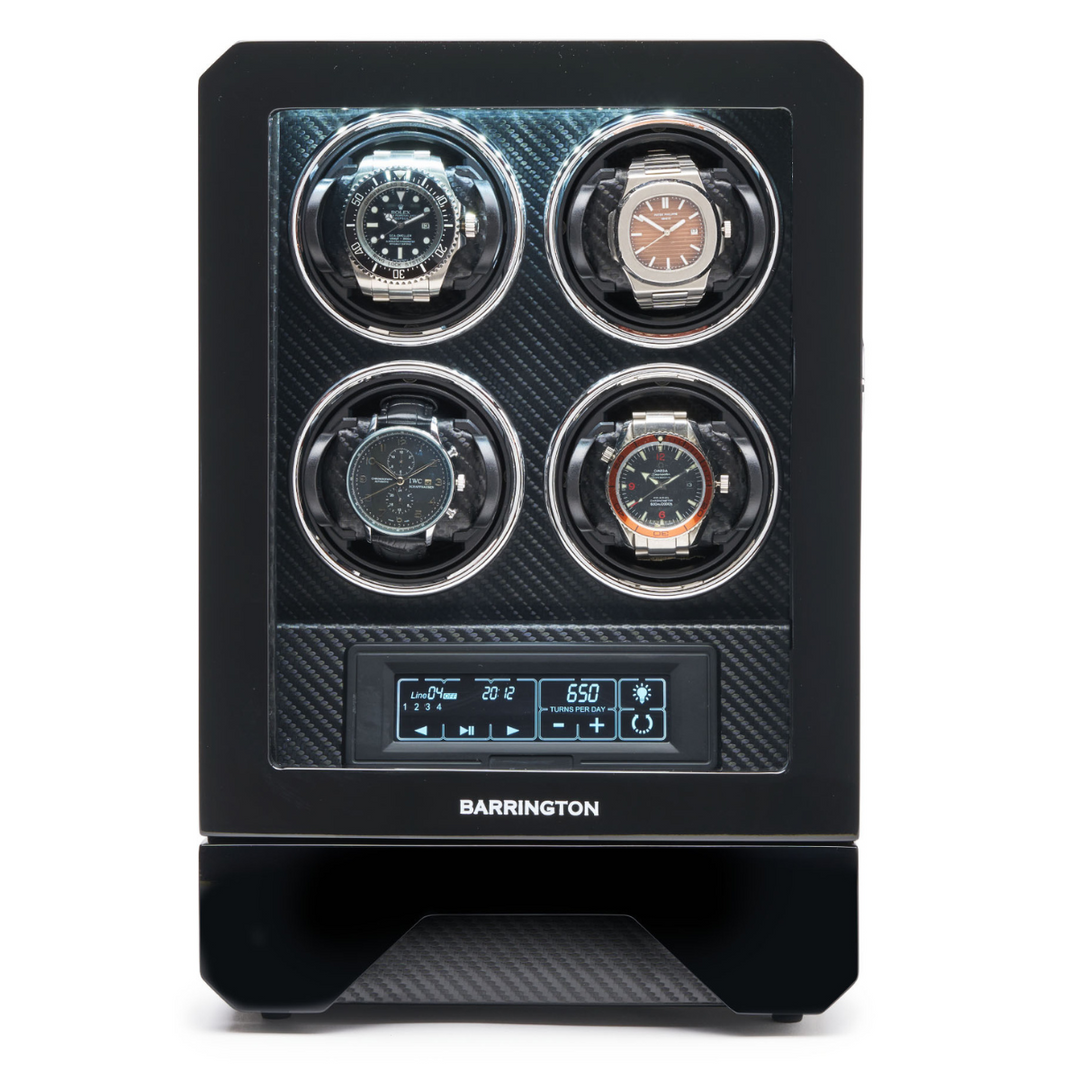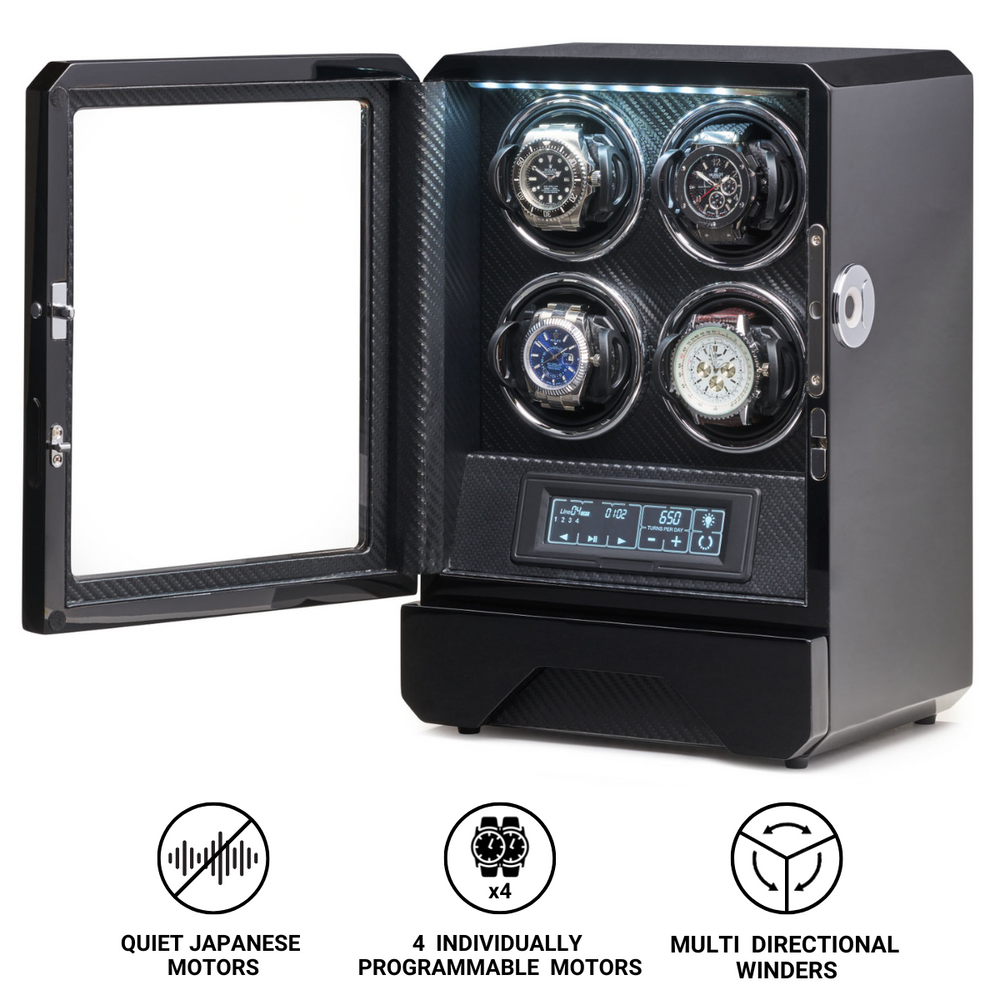How and When to Service Your Rolex for Maximum Longevity
Owning a Rolex is far more than simply possessing a timepiece. It is a statement of precision engineering, timeless style and enduring value. Each watch is the result of meticulous Swiss craftsmanship, designed to perform flawlessly for decades. For many, a Rolex is both a personal treasure and a legacy to be passed on to the next generation.
Much like a finely tuned sports car or a well-kept yacht, even the most robust Rolex requires regular care to maintain its peak performance. No matter how advanced the movement or how rugged the Oyster case, the oils inside will eventually dry, seals will age and components will experience natural wear. Without periodic servicing, even the most prestigious watch can lose accuracy and reliability over time.
The purpose of this guide is straightforward – to help you understand exactly when and how your Rolex should be serviced. Whether you wear it daily, keep it for special occasions or collect vintage models, we will outline the key servicing intervals, warning signs to watch for and best practices to ensure your Rolex remains in pristine condition for years to come.
How Often Should You Service a Rolex?
Rolex has long been known for building watches that can perform reliably for decades. However, like any precision mechanical instrument, they require periodic servicing to keep them in optimum condition.
The official recommendation from Rolex is clear. Older models, particularly those produced before the early 2000s, should generally be serviced every four to five years. Advances in movement design and lubricant technology mean that modern Rolex watches can go much longer between services – in many cases up to ten years – without compromising performance.
It is important to understand that these figures are averages rather than hard and fast rules. Your ideal servicing interval depends on how and where you wear your watch. A Rolex worn daily in varied conditions may need attention sooner than one that spends most of its life stored in a safe. Similarly, professional models exposed to water, dust or extreme temperatures, such as a Submariner used for regular diving, can require more frequent maintenance than a dress watch worn only on formal occasions.
In short, the official timeline is a useful benchmark, but it should be adapted to the reality of your usage. Paying attention to how your Rolex is performing, and to the environments it encounters, is the best way to determine when it is time for a service.
Factors That Influence Servicing Frequency
Several elements determine how often your Rolex will need professional attention. While the brand’s official guidelines provide a helpful starting point, your watch’s specific characteristics and the way you use it play an equally important role.
Model and Movement Complexity
Not all Rolex models are built alike when it comes to servicing needs. A straightforward time-only piece such as the Oyster Perpetual has fewer moving parts and therefore less that can wear over time. In contrast, models with complex complications – for example the Daytona with its chronograph function or the Sky-Dweller with its annual calendar – contain many more components, gears and springs. These intricate mechanisms require more lubrication and are often more sensitive to environmental factors, meaning they may need servicing more frequently.
Frequency of Wear
A Rolex that is worn every day will naturally accumulate more wear than one reserved for special occasions. Daily exposure to small knocks, changes in temperature and contact with moisture can accelerate the breakdown of lubricants and seals. Conversely, a watch that spends much of its time in storage will see less mechanical wear, although it may still benefit from periodic servicing to keep oils from drying and to ensure the movement remains healthy.
Conditions of Use
The environment in which you wear your Rolex has a significant impact on its servicing schedule. Regular exposure to saltwater, humidity, extreme heat or cold, or sudden temperature changes can stress the materials and seals. Even though Rolex Oyster cases are designed for exceptional water resistance, the gaskets that form these seals can degrade over time. Regular gasket inspections are essential, particularly for sports models like the Submariner or Sea-Dweller that may be used in demanding conditions.
Personal Care Habits
How you handle, store and clean your Rolex can extend or shorten the time between services. Owners who store their watch in a dedicated case or winder, avoid unnecessary impacts and clean it regularly with a soft cloth can help preserve its performance for longer. Neglecting these simple care steps can lead to dirt ingress, faster wear and ultimately more frequent visits to a watchmaker.
In summary, the life between services is shaped by a combination of design complexity, how often you wear your watch, the environments it faces and the care you give it. Understanding these factors will allow you to tailor your servicing schedule to your personal circumstances rather than relying on a fixed, one-size-fits-all interval.
Signs Your Rolex May Need Servicing Sooner
Even when you follow the official Rolex service intervals, there are occasions when your watch might require professional attention ahead of schedule. Catching these issues early can save you from far more serious – and costly – repairs later on.
Look out for the following warning signs:
-
Loss or gain in timekeeping – noticeable changes in accuracy can point to worn components or degraded lubricants.
-
Condensation under the crystal – any sign of fogging means moisture has entered the case, which can quickly damage the movement and dial.
-
Unusual noises during winding – grinding or scraping sounds when you turn the crown suggest internal parts may be worn or misaligned.
-
Crown feels overly tight or loose – changes in how the crown operates can indicate worn threads, failing seals or internal issues.
-
Visible corrosion – rust or discolouration on the case, bracelet or movement is a serious red flag, often caused by prolonged exposure to moisture or salt.
If you notice any of these symptoms, it is best to arrange a service without delay. Even a watch as robust as a Rolex is not immune to the effects of wear, and early intervention is always the more cost-effective route.
What a Rolex Service Involves
A full Rolex service is a detailed and highly skilled process. Each stage is carried out by trained watchmakers using specialist tools to ensure your timepiece is restored to optimal condition. The table below outlines the key steps.
|
Stage |
What Happens |
|
Disassembly |
The movement, case and bracelet are carefully separated. The watch is taken apart piece by piece, allowing every component to be accessed and inspected. |
|
Ultrasonic Cleaning |
Components are cleaned in ultrasonic baths using specially formulated solutions that remove dirt, old lubricants and microscopic debris. |
|
Inspection and Replacement of Parts |
Every component is checked for wear. Any parts that are damaged or worn are replaced with genuine Rolex components to preserve authenticity and performance. |
|
Reassembly and Lubrication |
The movement is rebuilt with meticulous precision, with specialised lubricants applied in exact amounts to reduce friction and ensure smooth operation. |
|
Accuracy Regulation (COSC Standards) |
The movement is adjusted and regulated so that it meets or exceeds the strict chronometric standards that Rolex is known for. |
|
Case and Bracelet Refinishing |
The case and bracelet are polished and restored to their original finish. Vintage or collectible models may be left unpolished to retain value. |
|
Water Resistance Testing and Final Checks |
All gaskets are replaced where necessary and the case is pressure-tested for water resistance. The watch undergoes final functional tests over several days to verify timekeeping and durability. |
A proper service not only restores performance but also protects the long-term value of your Rolex. Cutting corners or using non-genuine parts can undermine both.
Special Considerations for Vintage and Collectable Rolex Watches
Vintage Rolex watches occupy a unique place in the world of horology. Their value often depends as much on originality as on condition, which means servicing them requires a different approach from modern pieces.
Replacing certain components – such as the dial, hands or bezel – can significantly reduce the watch’s desirability to collectors. Even if newer parts improve functionality or aesthetics, they may strip away the historical character and authenticity that make the watch valuable in the first place.
A skilled watchmaker who understands vintage models will aim to preserve original parts wherever possible, carrying out only the work necessary to ensure the watch remains functional and stable. This might mean avoiding case polishing to retain the original finish, or carefully stabilising ageing lume rather than replacing it entirely.
For collectable pieces, open communication with your watchmaker is essential. Agree in advance which parts should never be replaced and which can be serviced or refurbished if required. By doing so, you protect both the integrity and the market value of your vintage Rolex.
The Role of a Watch Winder in Caring for Your Rolex
A watch winder is a device that keeps an automatic watch running when it is not being worn. By mimicking the natural motion of the wrist, it ensures the mainspring remains wound and the movement stays active.
Benefits of using a watch winder for your Rolex:
-
Keeps lubricants evenly distributed across the movement, reducing the risk of them pooling or drying out.
-
Ensures the watch is ready to wear at any time without resetting the time and date.
-
Particularly useful for models with complex functions such as annual calendars, GMT hands or multiple time zones.
-
Reduces wear on the crown from frequent setting and adjustments.
What to look for when choosing a watch winder:
-
Adjustable rotation settings to match your Rolex’s specifications.
-
Options for clockwise, counter-clockwise or bi-directional rotation.
-
A quiet, reliable motor to avoid unnecessary noise during operation.
-
Quality build materials to protect the watch from scratches or vibration.
When a watch winder may not be needed:
-
For vintage Rolex models that are stored for long periods, where minimising movement helps preserve originality.
-
When you wear the watch frequently enough to keep it naturally wound.
-
In cases where occasional manual winding is sufficient to keep the movement in working order.
Using a watch winder thoughtfully can help maintain the health of your automatic Rolex, but it should be matched to your wearing habits and the specific needs of your watch.
Recommended Watch Winders for Your Rolex
Caring for your Rolex goes beyond regular servicing – the way you store and maintain it between wears can make a significant difference to its performance and longevity. Our range of watch winders is designed to keep your automatic Rolex running smoothly, protect it from dust and damage, and ensure it is always ready to wear. Each model combines precise engineering with stylish design, offering both functionality and elegance for your collection.
Barrington Single Winder - Midnight Blue
(The Barrington Single Winder in Midnight Blue is a compact yet feature-rich solution for keeping your automatic watch in peak condition. With multiple rotation settings – clockwise, counter-clockwise or alternating – and a wide range of Turns Per Day options from 650 to 1,950, it can be tailored to suit any timepiece. Its precision-engineered Japanese motor delivers whisper-quiet performance, making it ideal for placement anywhere in the home, even beside your bed. Powered either by AC mains or AA batteries, it also includes the Barrington ‘Jump’ feature, allowing multiple winders to be connected and powered from a single source for a seamless, elegant display.
Designed for versatility and protection, this winder accommodates different watch sizes with a choice of Standard or Flex cushions, ensuring a secure fit. An LED indicator confirms operation, while the gentle rotation cycle mimics natural wrist movement to keep the movement’s lubricants evenly distributed without risk of overwinding. Combining sleek aesthetics with practical functionality, the Midnight Blue finish offers a sophisticated complement to any watch collection, ensuring your automatic timepiece is always ready to wear and performing at its best).
Barrington Special Edition Single Winder - American Walnut (unvarnished)
(The Barrington Special Edition Single Winder in American Walnut offers a refined, natural look combined with the precision engineering of a high-quality watch winder. The unvarnished wood finish gives it a warm, understated elegance, making it a stylish addition to any watch collection. Equipped with multiple rotation settings – clockwise, counter-clockwise or alternating – and a range of Turns Per Day from 650 to 1,950, it can be tailored to suit any automatic watch. Its ultra-quiet Japanese motor ensures smooth, near-silent operation, allowing it to be placed anywhere in the home without disturbance. Flexible power options, including AC mains or AA batteries, and the Barrington ‘Jump’ feature for linking multiple winders add to its versatility.
Function meets craftsmanship with a choice of Standard or Flex cushions to ensure a perfect fit for different watch sizes. The gentle rotation cycle mimics natural wrist movement, keeping the watch’s movement well-lubricated without the risk of overwinding. Measuring just 11.5 cm wide and 16 cm deep, it is compact enough to fit neatly on a desk, shelf or in a display case while still delivering premium performance. The Special Edition American Walnut model blends natural materials with precise technology, ensuring your automatic timepiece remains accurate, ready to wear and beautifully displayed).
2 Watch Winder
(The Barrington 2 Watch Winder combines modern technology, luxury styling and silent performance to keep two automatic watches perfectly maintained. Each rotor is individually programmable, allowing you to set unique rotation directions – clockwise, counter-clockwise or alternating – and select from multiple Turns Per Day settings between 650 and 1,950, including a Speed Wind mode for bringing a stopped watch back to life. A fingerprint scanner offers secure access for up to 20 stored prints, while the touch screen and included remote control make adjustments effortless. The unit’s carbon-effect interior, sleek gloss exterior and LED downlighting create an elegant display, perfectly suited for both home and office environments.
Designed with practicality in mind, this dual winder features ultra-quiet Japanese motors, ensuring whisper-smooth operation even when both watches are rotating. An in-built storage drawer provides a safe place for additional timepieces, while high-quality engineering prevents overwinding and protects delicate mechanisms. Compact yet substantial, it measures just 26.5 cm high, 23.5 cm wide and 18.5 cm deep, making it an impressive yet space-efficient addition to any watch collection. This winder delivers the ideal balance of security, style and functionality for owners who expect the very best for their automatic watches).
Whether you wear your Rolex every day or rotate it with other timepieces, a quality watch winder is an investment in convenience and care. By choosing a winder that suits your needs, you can preserve the accuracy of your watch, extend the life of its movement and enjoy the confidence that it will always be in perfect condition when you reach for it.
Cleaning and Care Between Services
Regular servicing is essential for long-term performance, but the way you care for your Rolex between visits to a watchmaker also makes a big difference. Simple maintenance habits can protect the movement, preserve the finish and extend the intervals between professional services.
Recommended care practices:
-
Wipe with a microfibre cloth to remove fingerprints, dust and light dirt from the case and bracelet after wearing.
-
Wash with mild soap and water for models with an Oyster case, ensuring the crown is fully screwed down before immersing.
-
Check water resistance periodically, especially before swimming or exposure to moisture, to ensure gaskets are intact.
-
Rinse with fresh water after sea swimming to remove salt, sand or other debris that can cause corrosion.
-
Store on a soft watch cushion or in a quality watch winder to prevent scratches and keep automatic movements running when not worn for extended periods.
By following these simple steps, you not only keep your Rolex looking its best but also help safeguard its precision and durability until the next scheduled service.
Cost and Timescales for Servicing a Rolex
The cost of a full Rolex service can vary depending on the model, its age, and the work required, but for most modern watches you can expect to pay in the region of £500 to £800. Complex models with additional complications or those requiring significant parts replacement may be at the higher end of this range, or beyond.
A standard service price typically includes:
-
Complete disassembly of the watch and movement
-
Ultrasonic cleaning of all components
-
Replacement of worn or damaged parts with genuine Rolex components
-
Lubrication and reassembly of the movement
-
Regulation to meet strict timekeeping standards
-
Refinishing of the case and bracelet (unless otherwise requested)
-
Water resistance testing and replacement of seals where necessary
As for timescales, a thorough service usually takes between four and eight weeks from start to finish. This allows sufficient time for careful inspection, precise work on the movement, and multi-day testing to ensure accuracy and reliability before the watch is returned to you.
Conclusion
Servicing a Rolex is not simply an expense – it is an investment in the watch’s longevity, accuracy and value. By following the manufacturer’s guidelines and staying alert to early signs of wear or malfunction, you can ensure your timepiece continues to perform to the standard that has made Rolex a world leader in horology. Choosing a trusted and experienced service provider will protect both the craftsmanship and the heritage of your watch, allowing it to be enjoyed for generations.
Between professional services, the right care and storage can make all the difference. This is where a quality watch winder can be a valuable ally, especially for automatic Rolex models that are not worn every day. Since 2009, Barrington Watch Winders has focused on creating reliable, well-designed and fairly priced winders that help keep fine watches in peak condition. Incorporating one into your routine is a simple yet effective way to protect your investment and keep your Rolex ready for any occasion.
FAQ: How and When You Should Service Your Rolex Watch
How often should I service my Rolex?
Rolex recommends servicing older models every four to five years and newer models approximately every ten years. However, this is only a guideline and the actual interval may vary depending on how and where you wear your watch. Regular exposure to water, extreme temperatures or frequent daily use can shorten the time between services. Paying attention to performance changes will help you decide if servicing is needed sooner.
What happens during a Rolex service?
A full service includes complete disassembly of the watch and movement, ultrasonic cleaning, inspection of every component and replacement of worn parts with genuine Rolex components. The movement is then lubricated, reassembled and regulated to meet strict accuracy standards. The case and bracelet are also refinished unless otherwise requested, and the watch is tested for water resistance and durability.
Can an independent watchmaker service my Rolex?
Yes, a reputable independent watchmaker with experience in luxury Swiss watches can service your Rolex. They may offer a more flexible approach, particularly when preserving original parts on vintage models. The key is to ensure they use only genuine Rolex parts and follow correct servicing procedures to maintain both performance and value.
Do I need a watch winder for my Rolex?
A watch winder can be useful if you own an automatic Rolex and do not wear it daily. It keeps the movement running, maintains even distribution of lubricants and ensures the watch is ready to wear at any time. However, it is not always necessary, especially for vintage models in long-term storage, where minimising unnecessary movement can be beneficial.
What are the signs that my Rolex needs servicing early?
Warning signs include noticeable loss or gain in timekeeping, condensation under the crystal, unusual noises when winding, a crown that feels too tight or too loose, and visible corrosion. Addressing these issues promptly can prevent more serious damage to the movement or case. If you observe any of these problems, arrange a service without delay to protect your investment.


